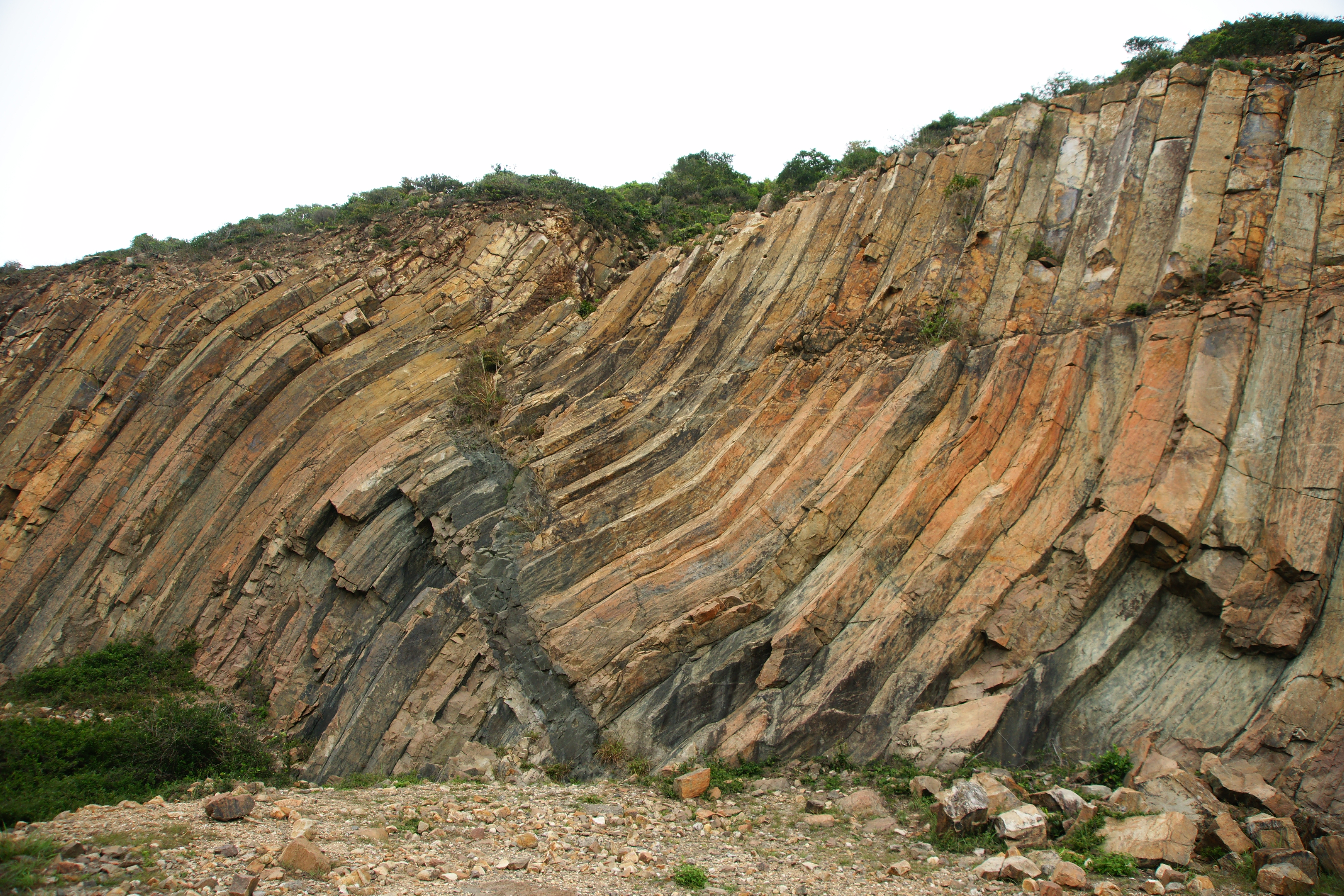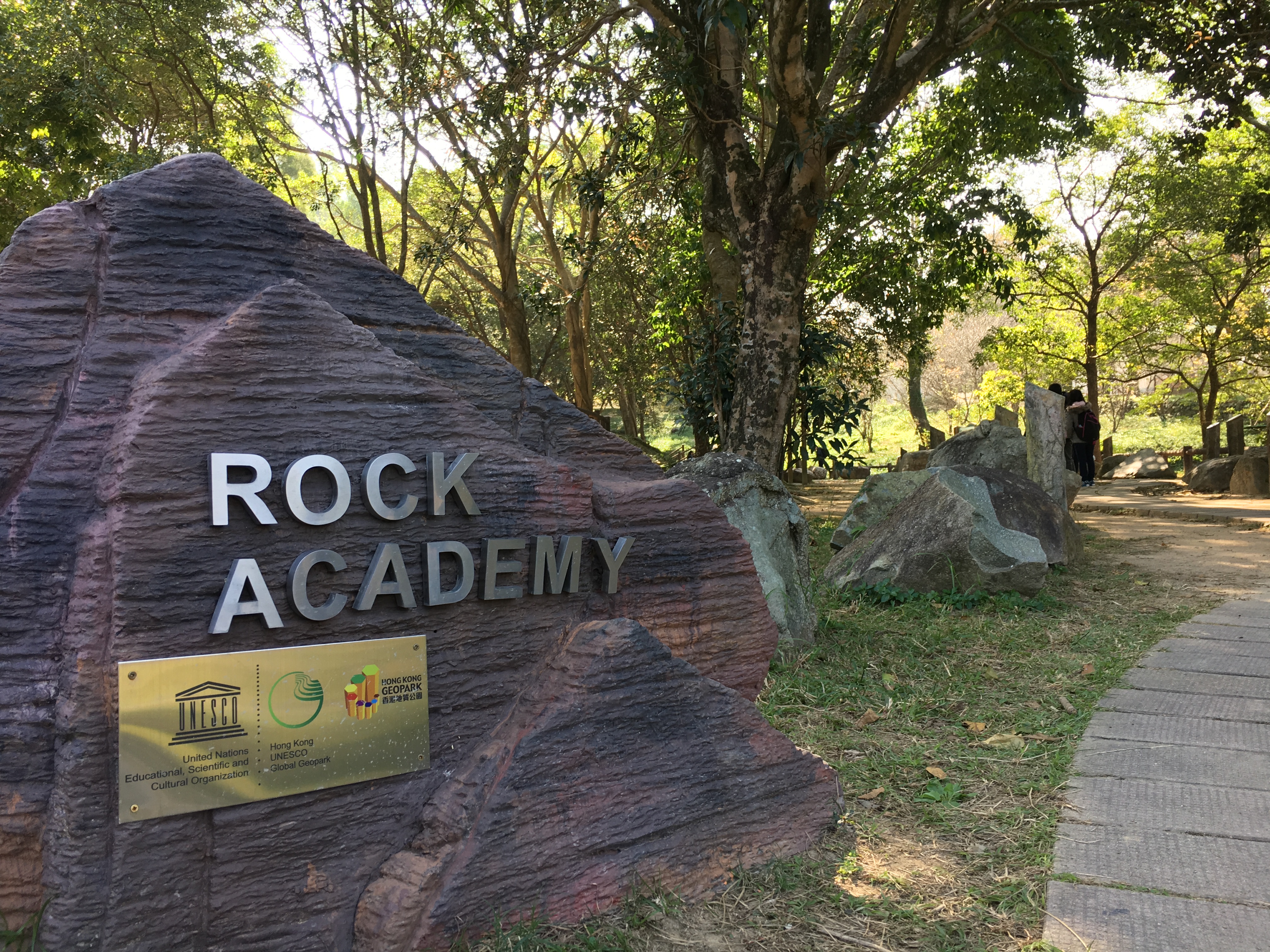2017 is the International Year of Sustainable Tourism. The key to sustainable tourism is an inclusive and sistainable economic growth for the locals and resource-efficient and environmental-friendly travel. In addition, there should be a mutual understanding of the cultural value and heritage of the location between the tourists and the local residents. When we think of tourism in Hong Kong, we think of shopping, dinning, theme parks and modern architectures. Nature is not the first thing that comes in the mind of tourists about Hong Kong. And yet, the total protected areas in Hong Kong ranked first in Asia and fifth in the world (World Economic Forum's 2015 Travel and Tourism Report), and that The Hong Kong Geopark gets a 4.5-star rating in Tripadvisor.
UNESCO Global Geopark Network

The Hong Kong Geopark is one of the 119 UNESCO Global Geoparks (as of March 2017), which together form the Global Geopark Network (GGN). An UNESCO Global Geopark has to fulfil a holistic management concept of protection, education and sustainable development. The Geoparks should use their geological heritage to connect with other aspects of the area's natural resources and cultural heritage. While raising awareness and understanding of the environmental issues faced by the socities, the Geoparks also give the locals a sense of pride and belonging by creating new jobs and developing educational courses through geotourism.
The Geoparks do not only focus on geological significance of the area. Apart from natural resources and cultural heritage, the Parks serve as a pivot for science and conservation education. The Geoparks are encouraged to work with academics in scientific researches, to develop educational activities for all ages for raising their awareness. Another important aspect of the Geoparks is to involve local people in preserving and celebrating their culture and to enhance local economies.

Hong Kong Geopark
The Hong Kong Geopark first became a Nation Geopark in 2009. Since 2011, it has been accepted as a member of the GGN, and was renamed officially as “Hong Kong UNESCO Global Geopark”.
Hong Kong’s geography includes long and sinuous coastlines, where landforms and rocks are shaped by waves and weathering, resulting in sea cliffs, sea caves, and sea arches.
The centrepiece of the Hong Kong Global Geopark is the rare honeycomb-shaped rock columns that tower the High Island region. These hexagonal rock formation was generated by volcanic activities as early as 140 million years ago. The eruptions released magma from the inside of the Earth. The lava subsequently cooled down, solidified and contracted, and weathered over millions of years, producing these spectacular columns along the coast.
Another interesting master piece of the Global Geopark is the Devil's Fist in Wong Chuk Kok Tsui. Formed by weathering and erosion by sea water, the Devil's Fist remains as one of the oldest rock formations in Hong Kong, dating back to about 400 million years.
To serve the purpose of the education, the Geopark Visitor Centre and Rock Academy and the Volcano Discovery Centre were located in Sai Kung for convenience of the visiters who can find interesting but little-known facts of Hong Kong's Geohistory.
Other examples of UNESCO Global Geoparks
Huangshan Global Geopark
Mt Huangshan is not only a spectacular mountain range with strange yet magnificent granite peaks and boulders, but also an inspiration to poets, painters, and artists from the past to the present.
Mount Taishan Global Geopark
Mt Taishan Global Geopark, located in the Midwest of Shandong province, stands in the east of the North China plain. Tourists enjoy not just the beautiful scenary, but also the 5,000-year history with numerous historic/cultural sites preserved nearby, such as Dai Temple and Azure Clouds Temple.
Katla UNESCO Global Geopark
Situated in South of Iceland, Katla Geopark provides a unique view of the Earth's geological wonder, with active volcano, lava fields and glaciers.




